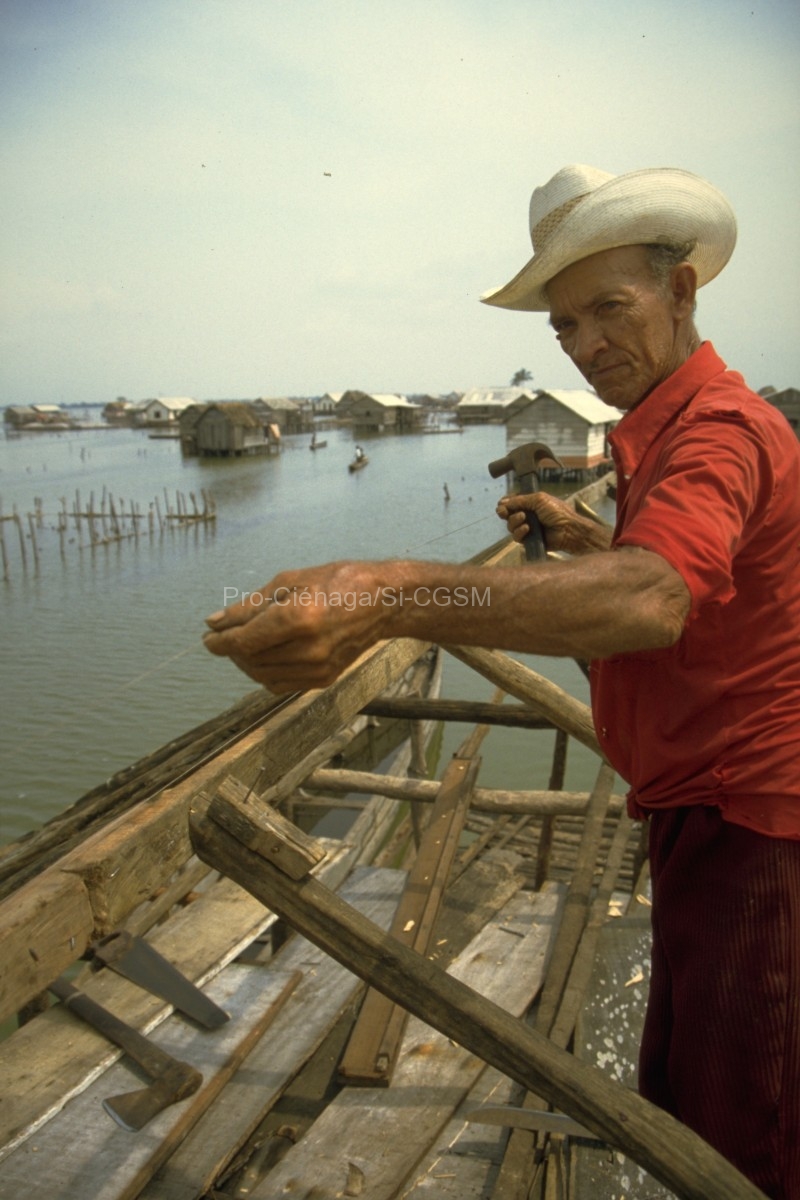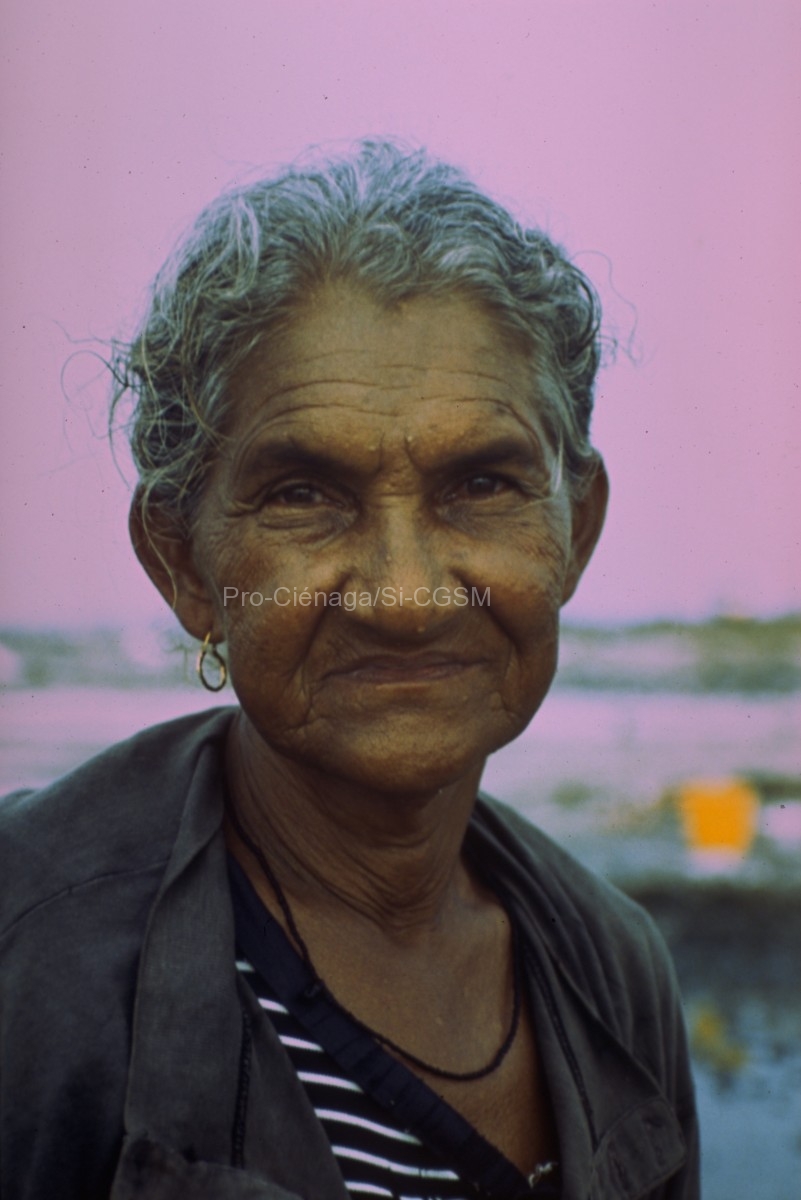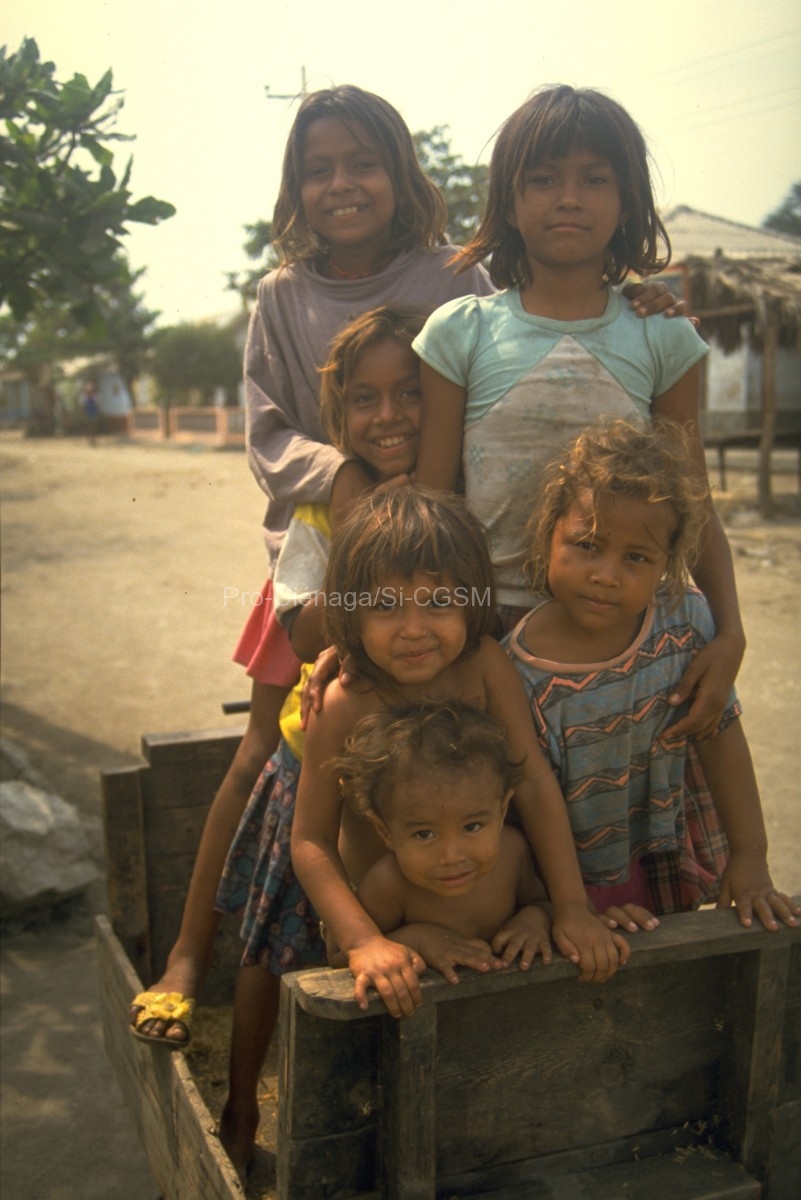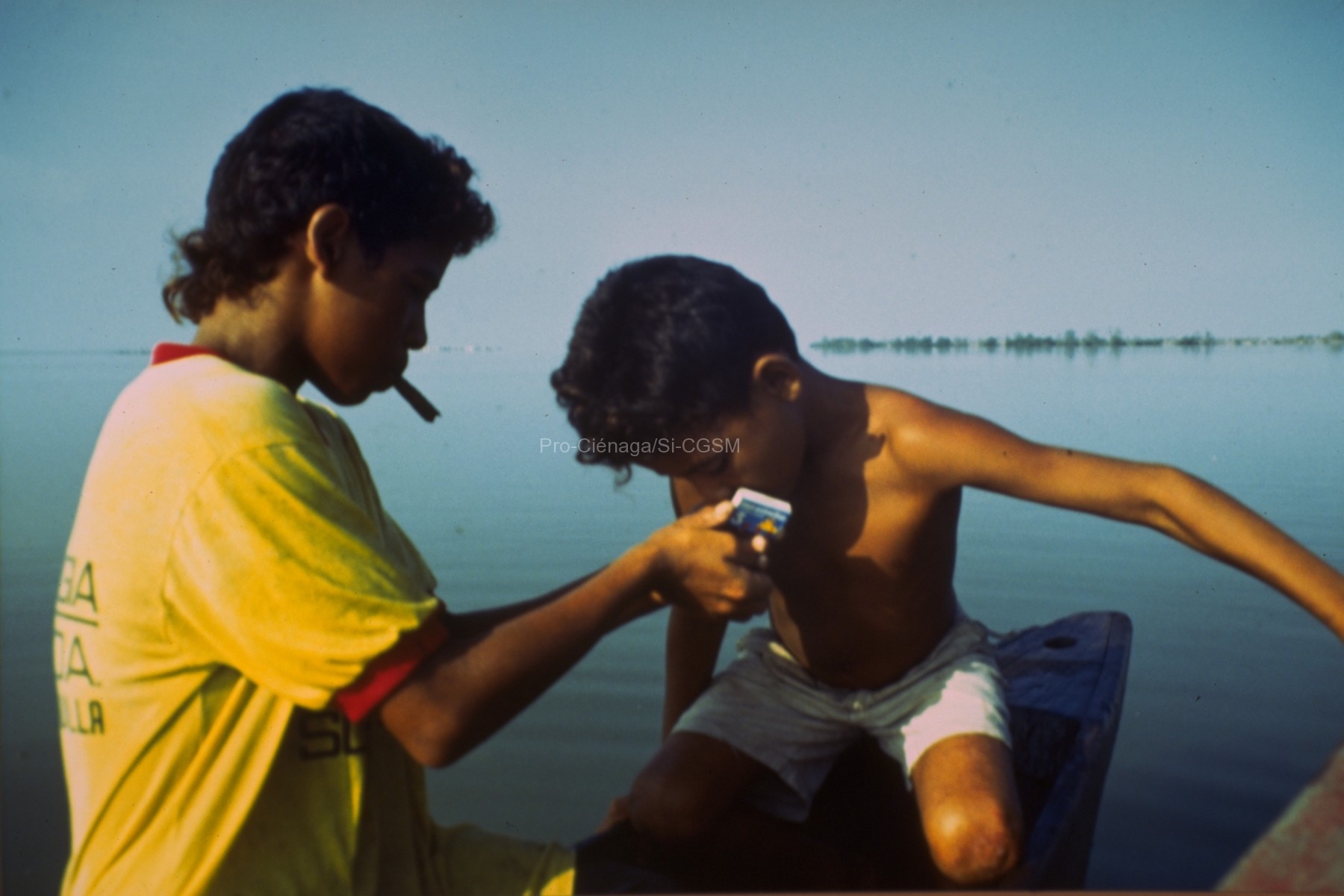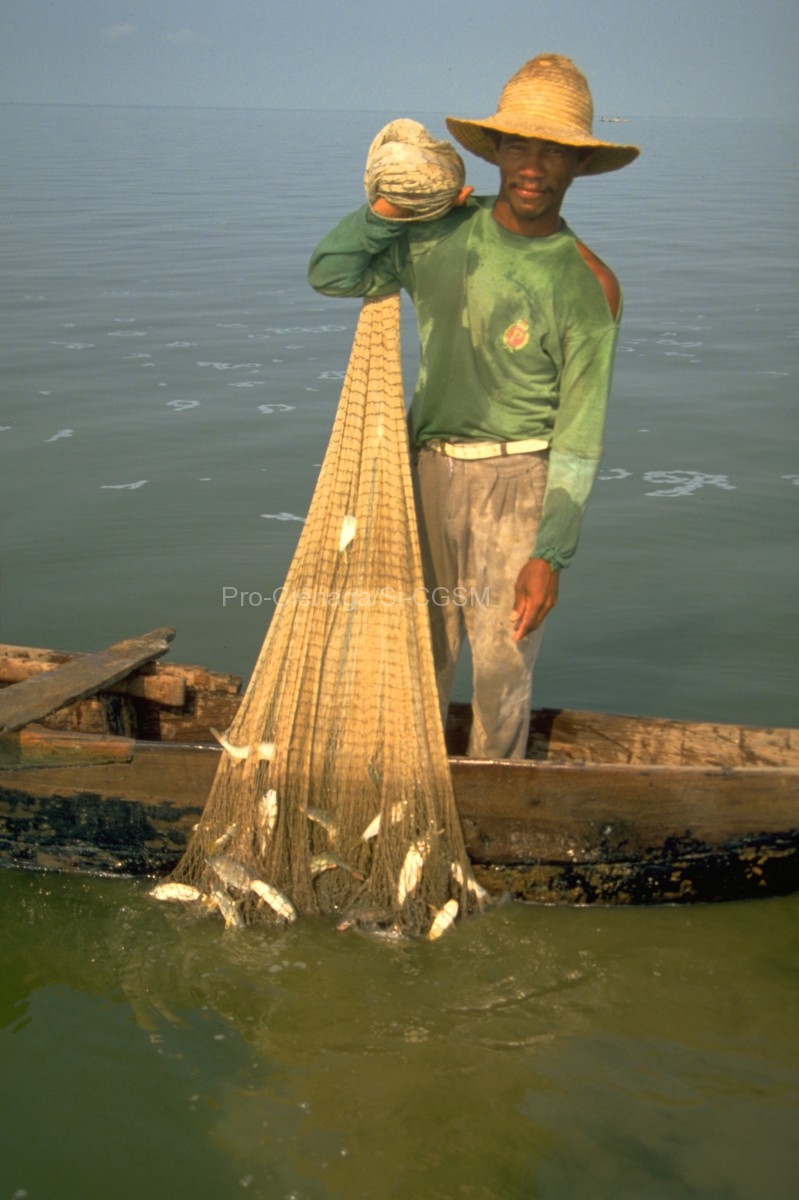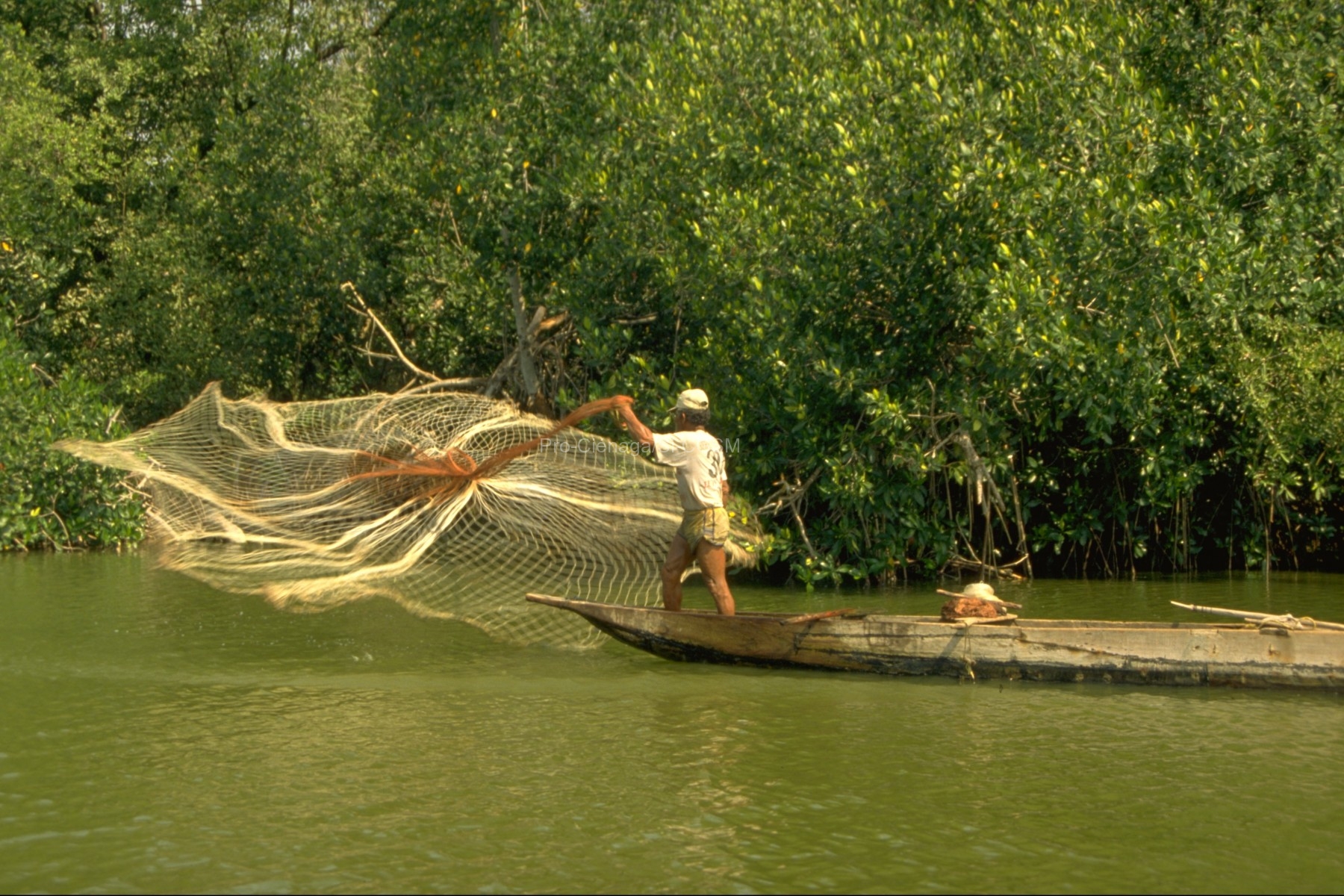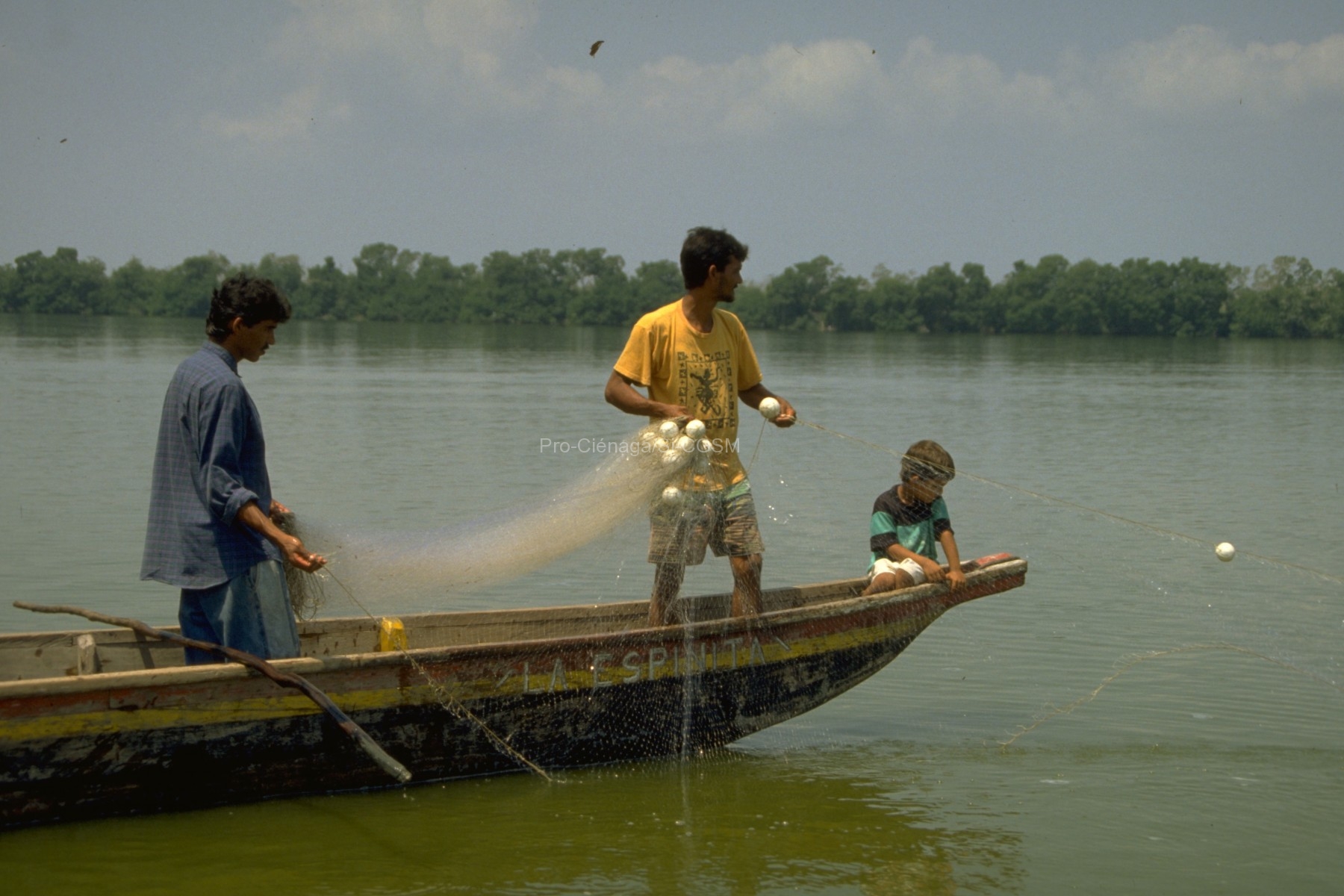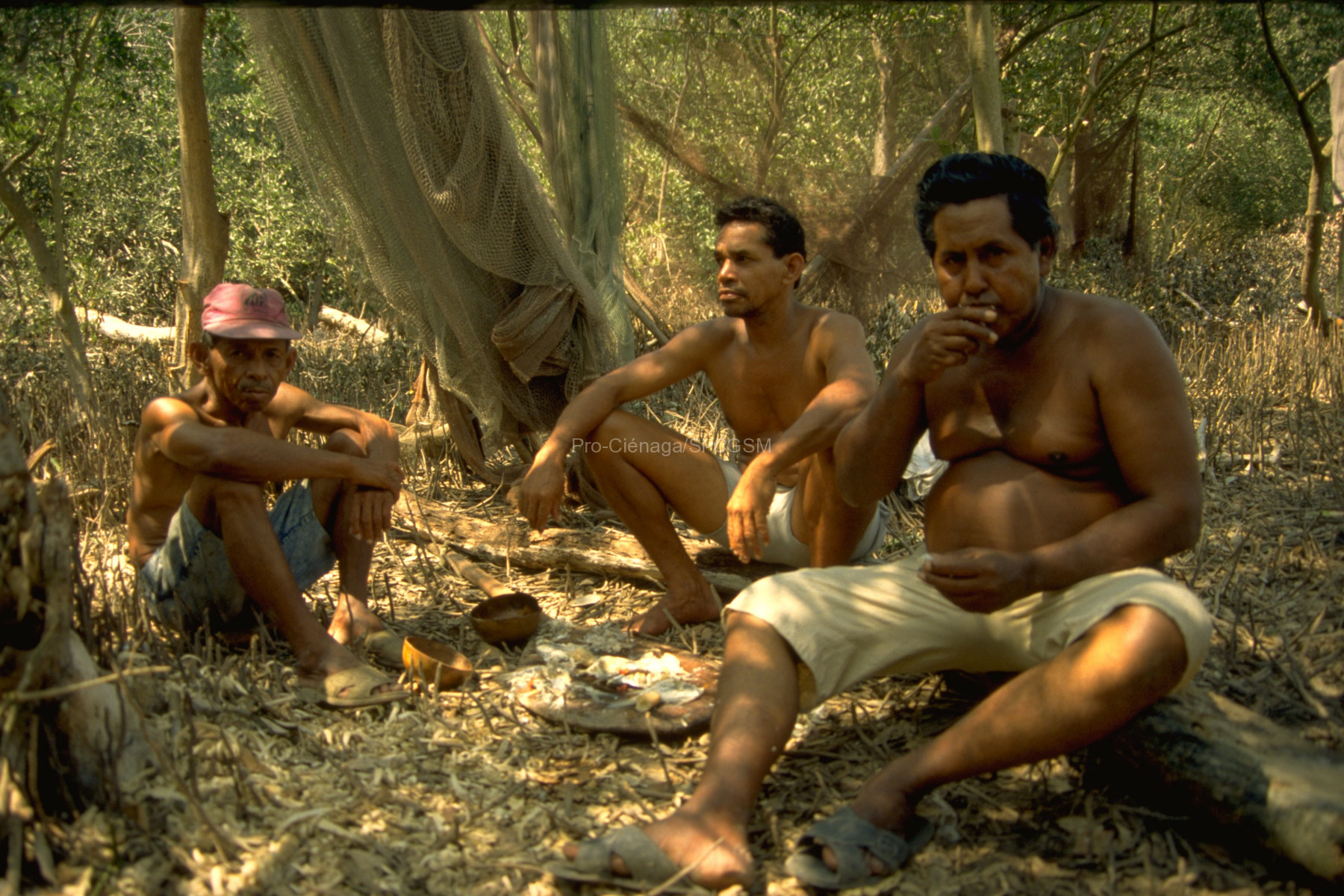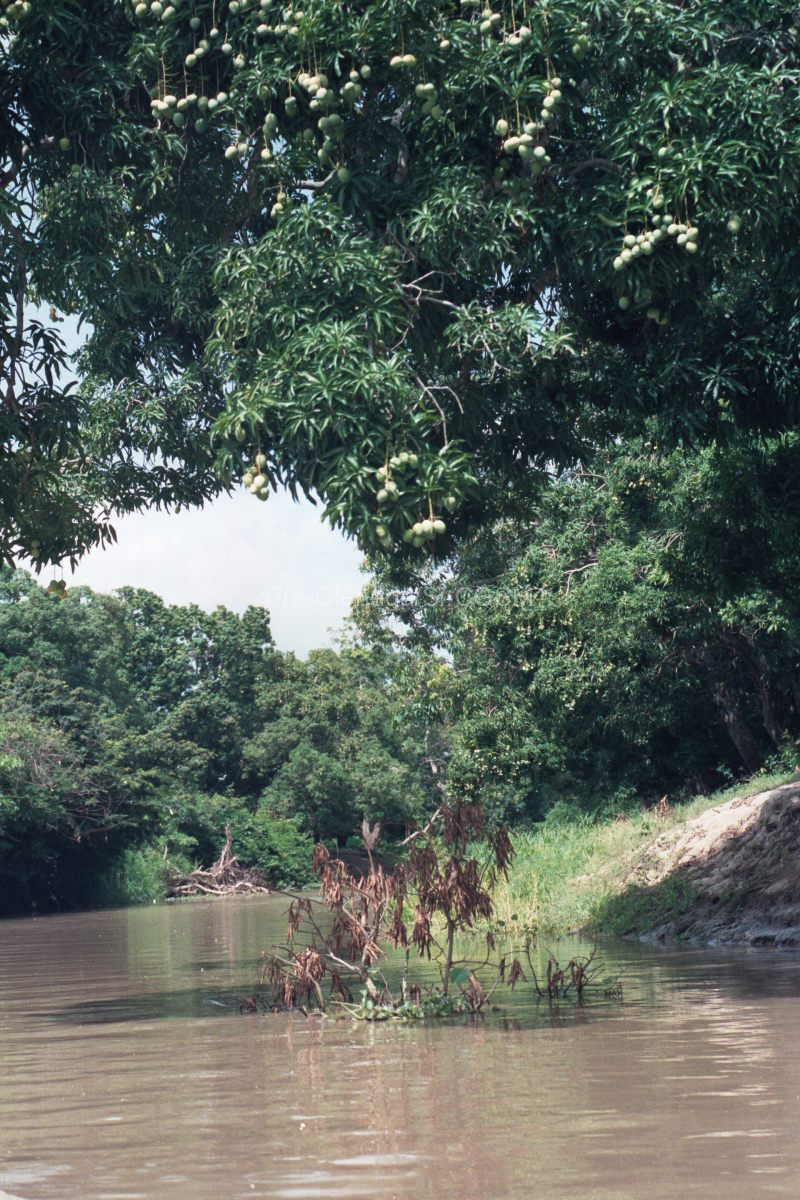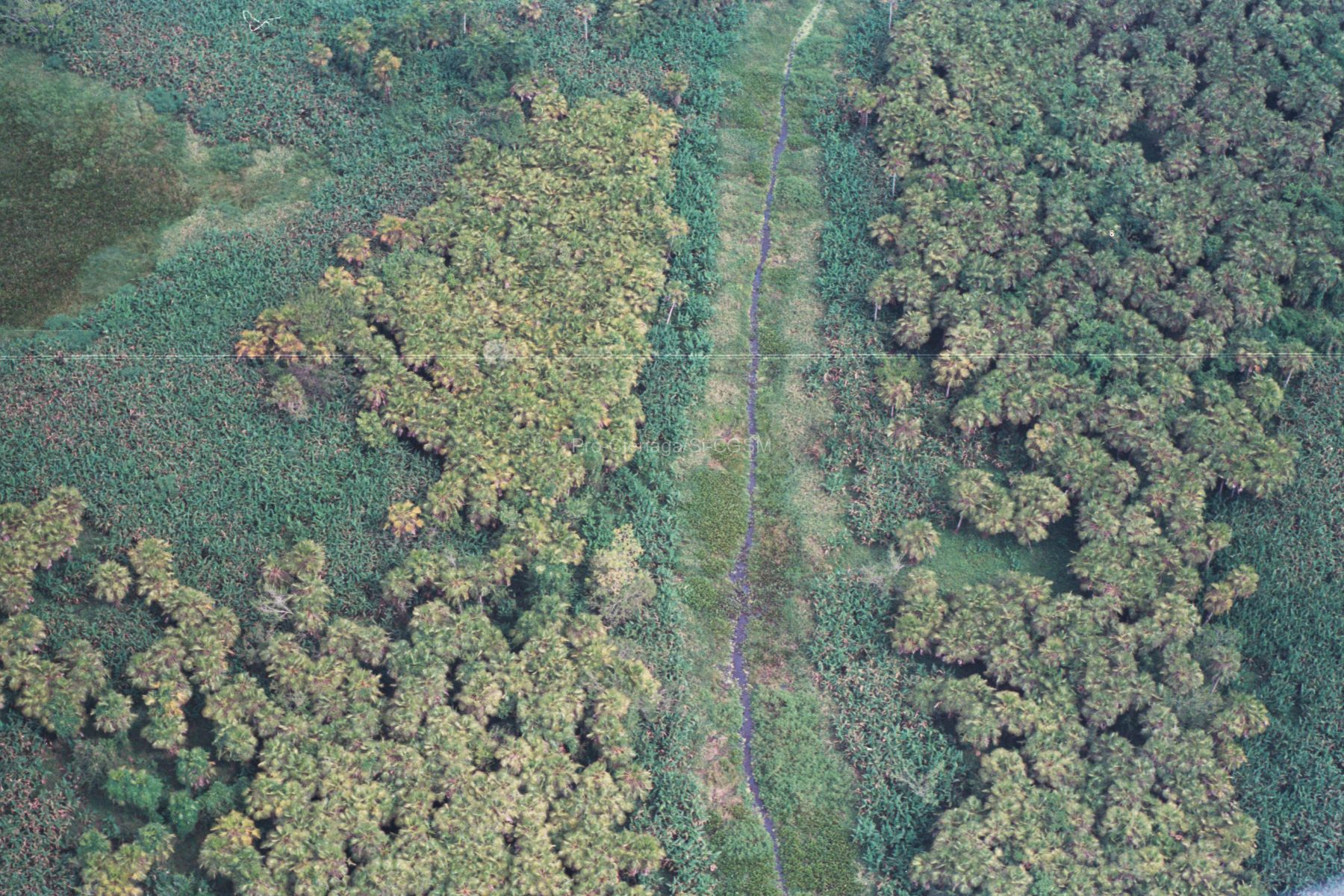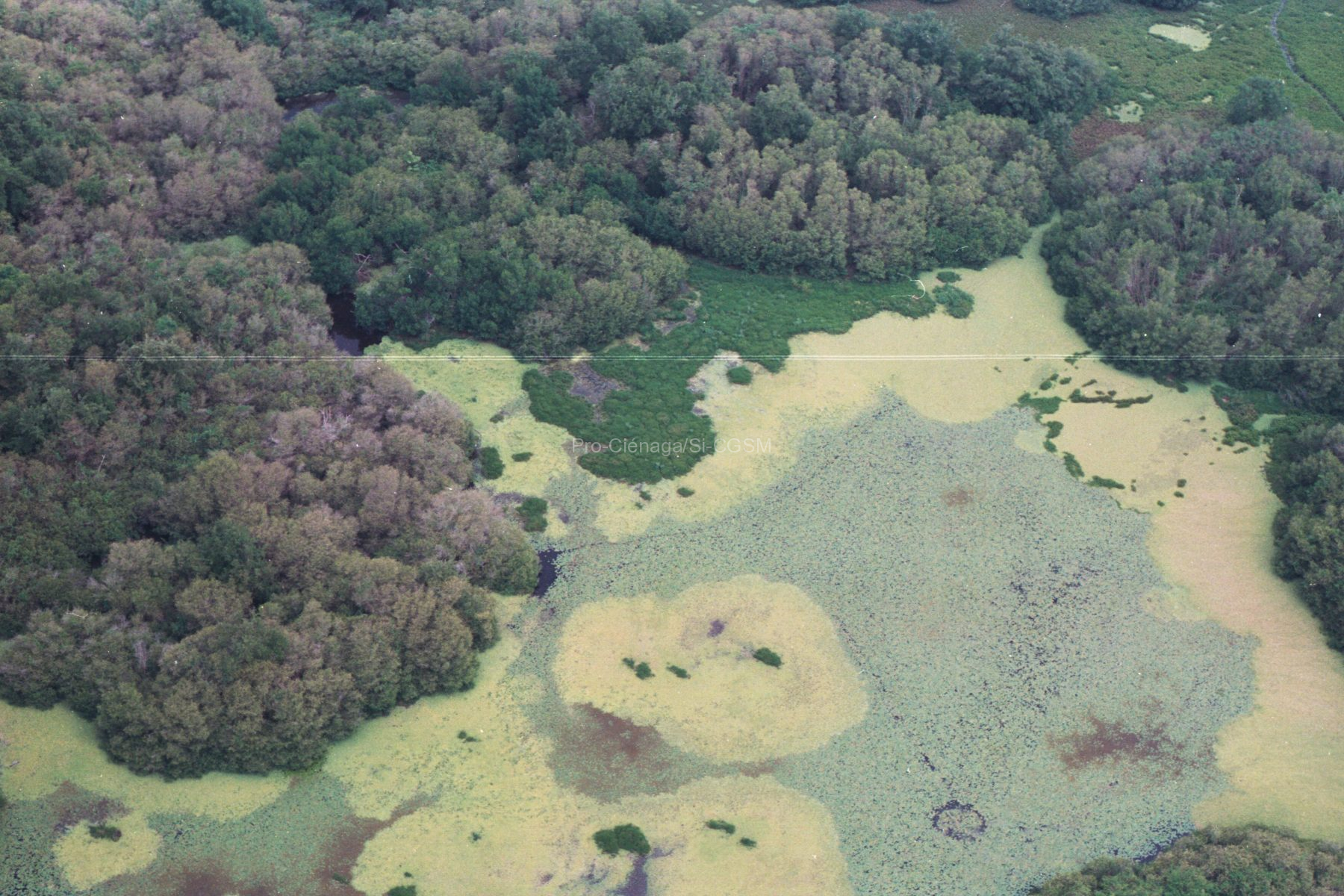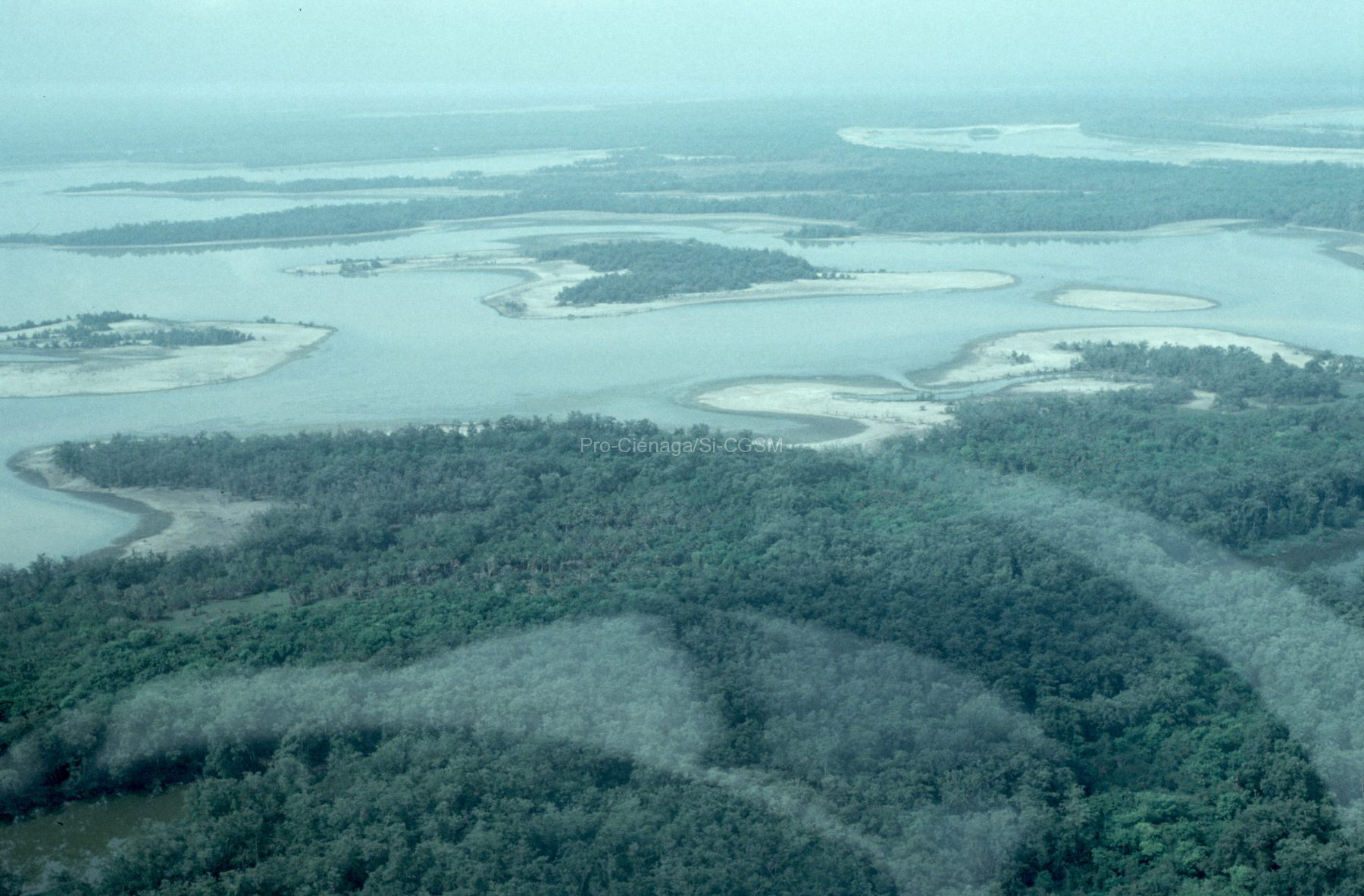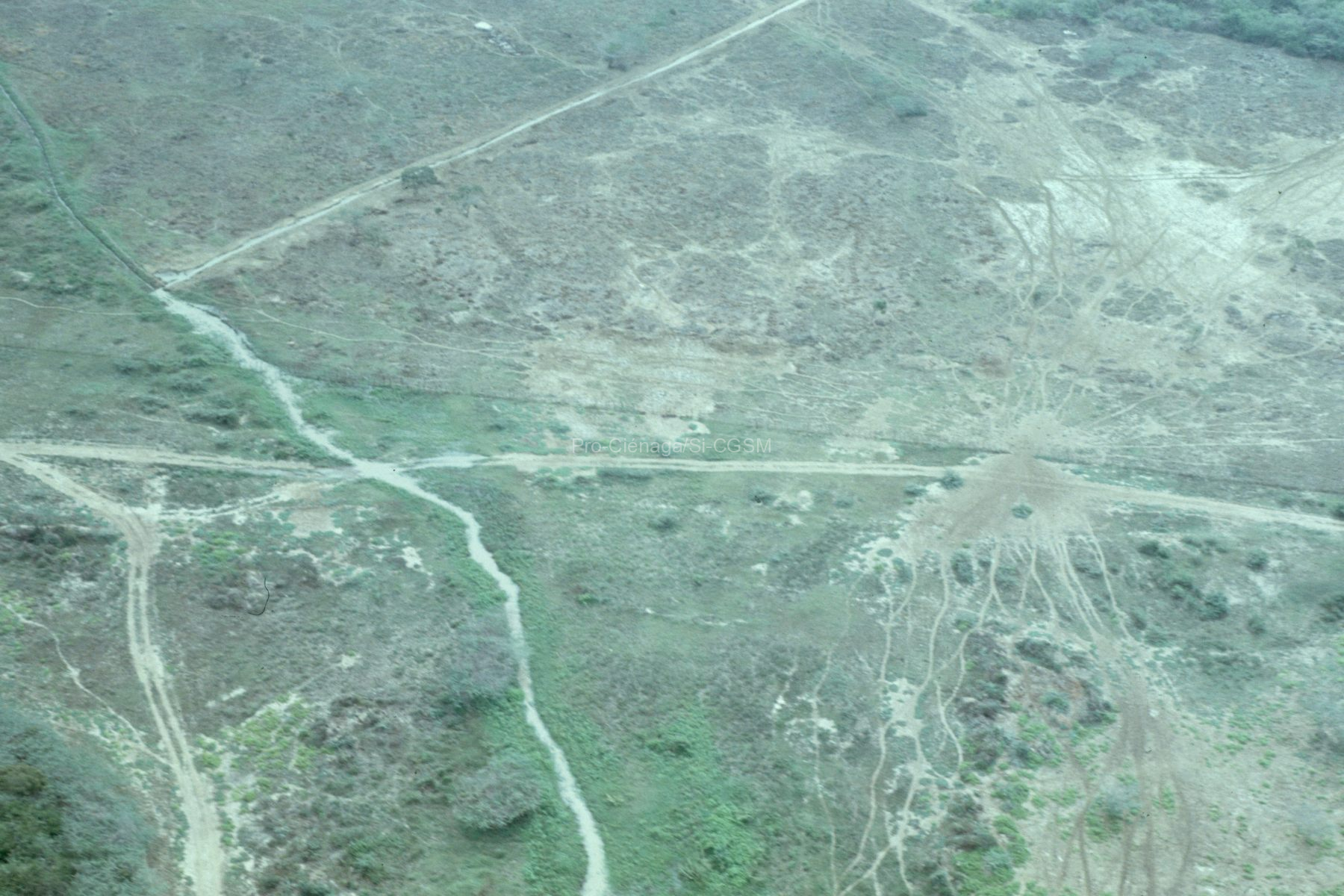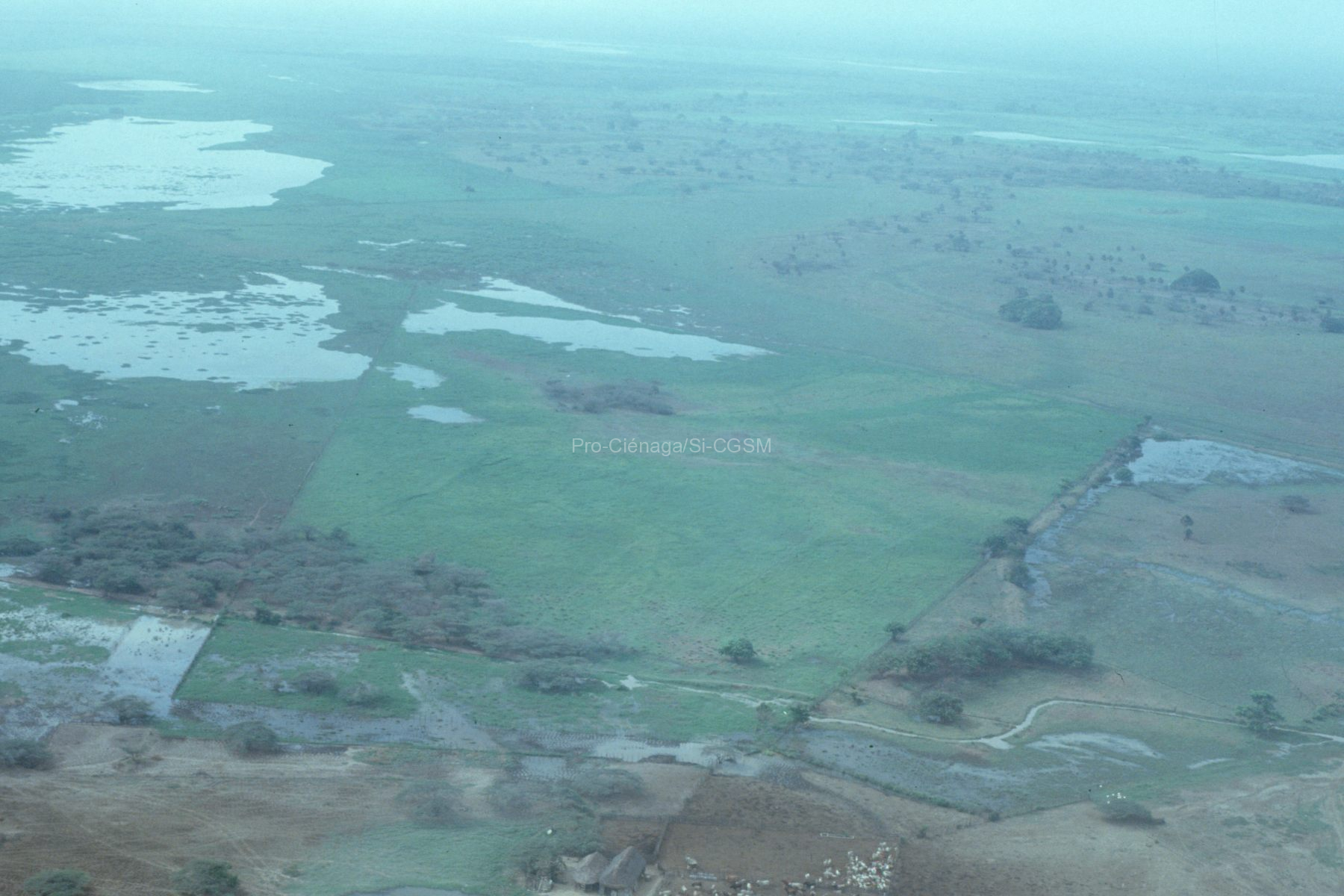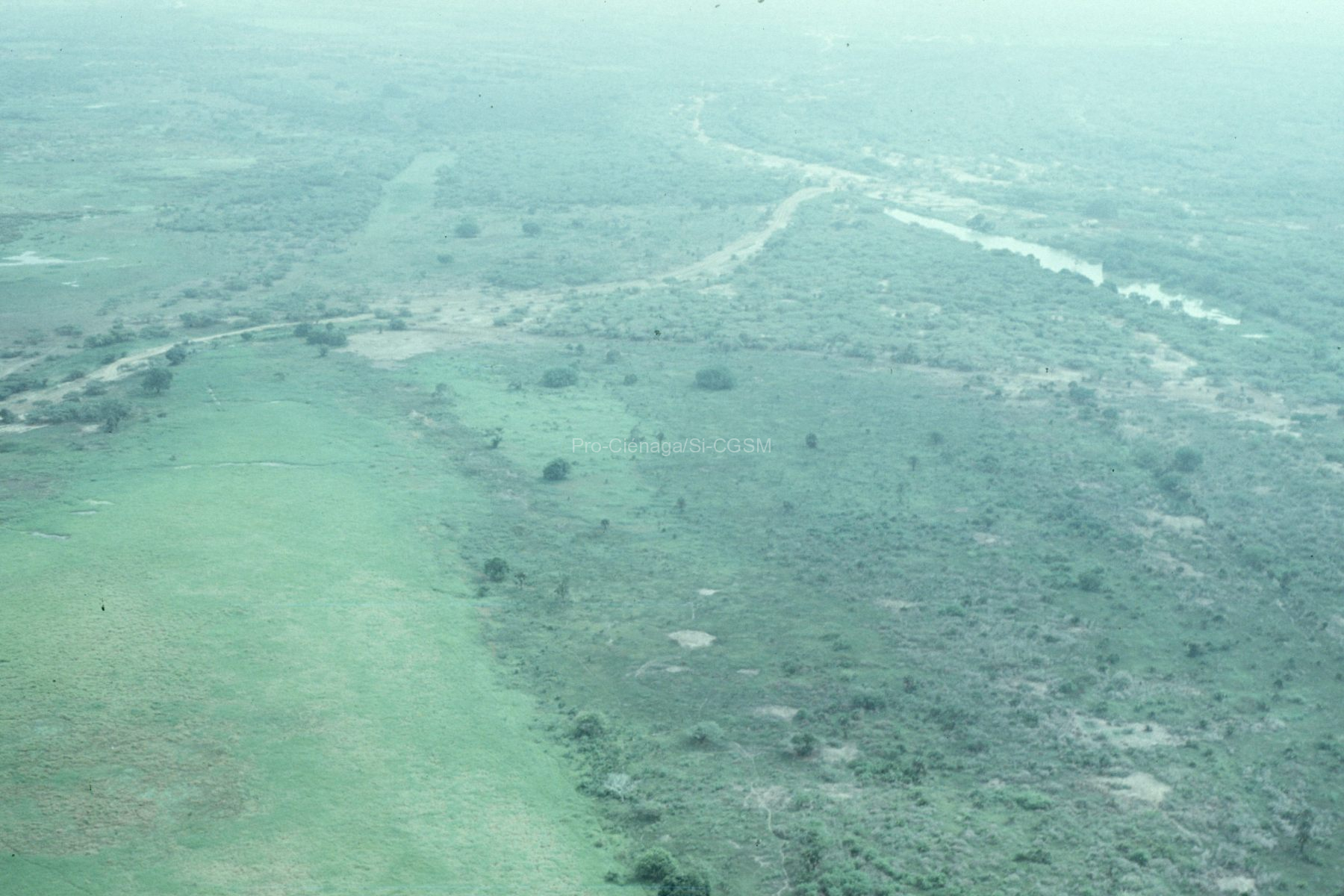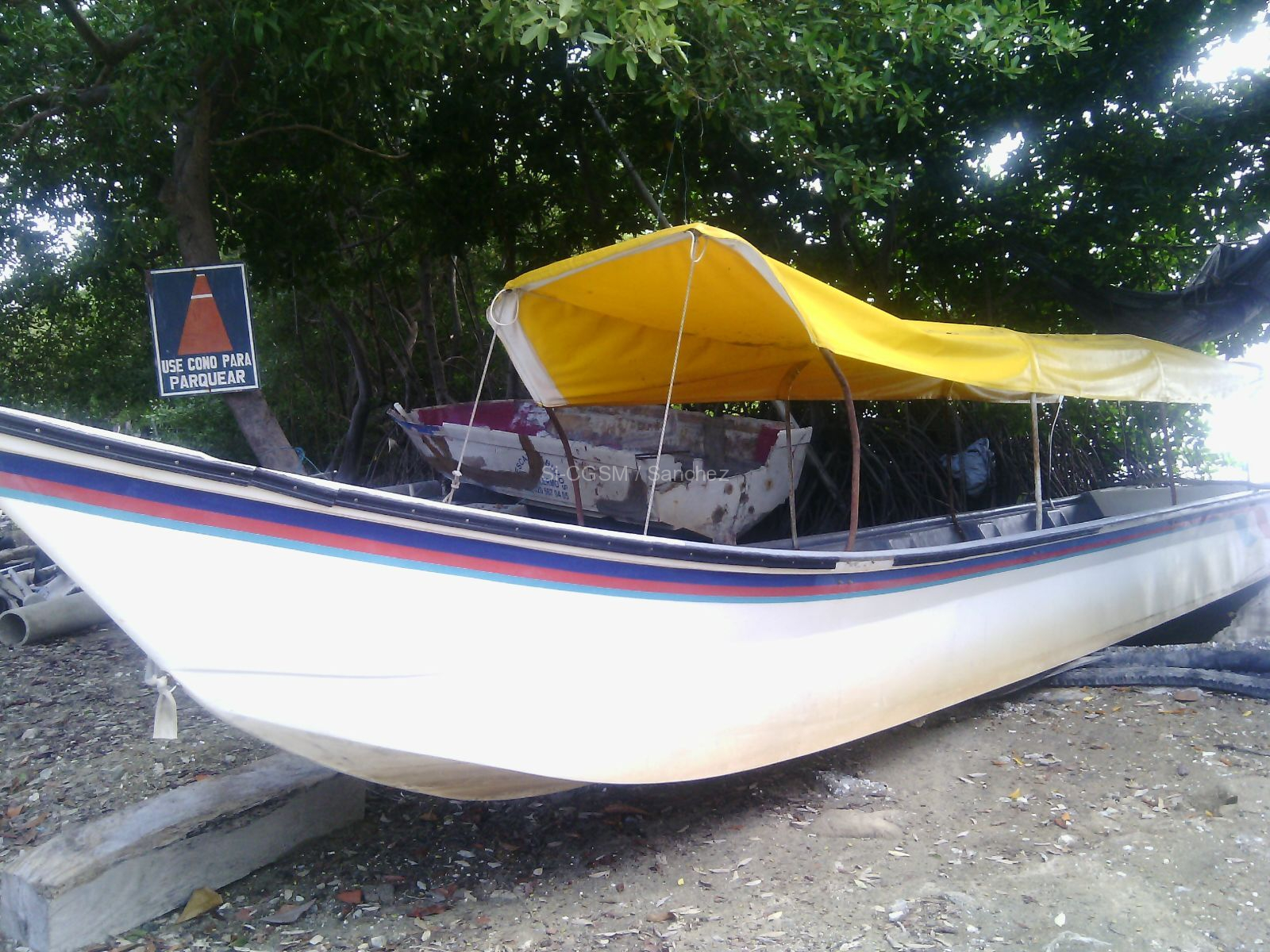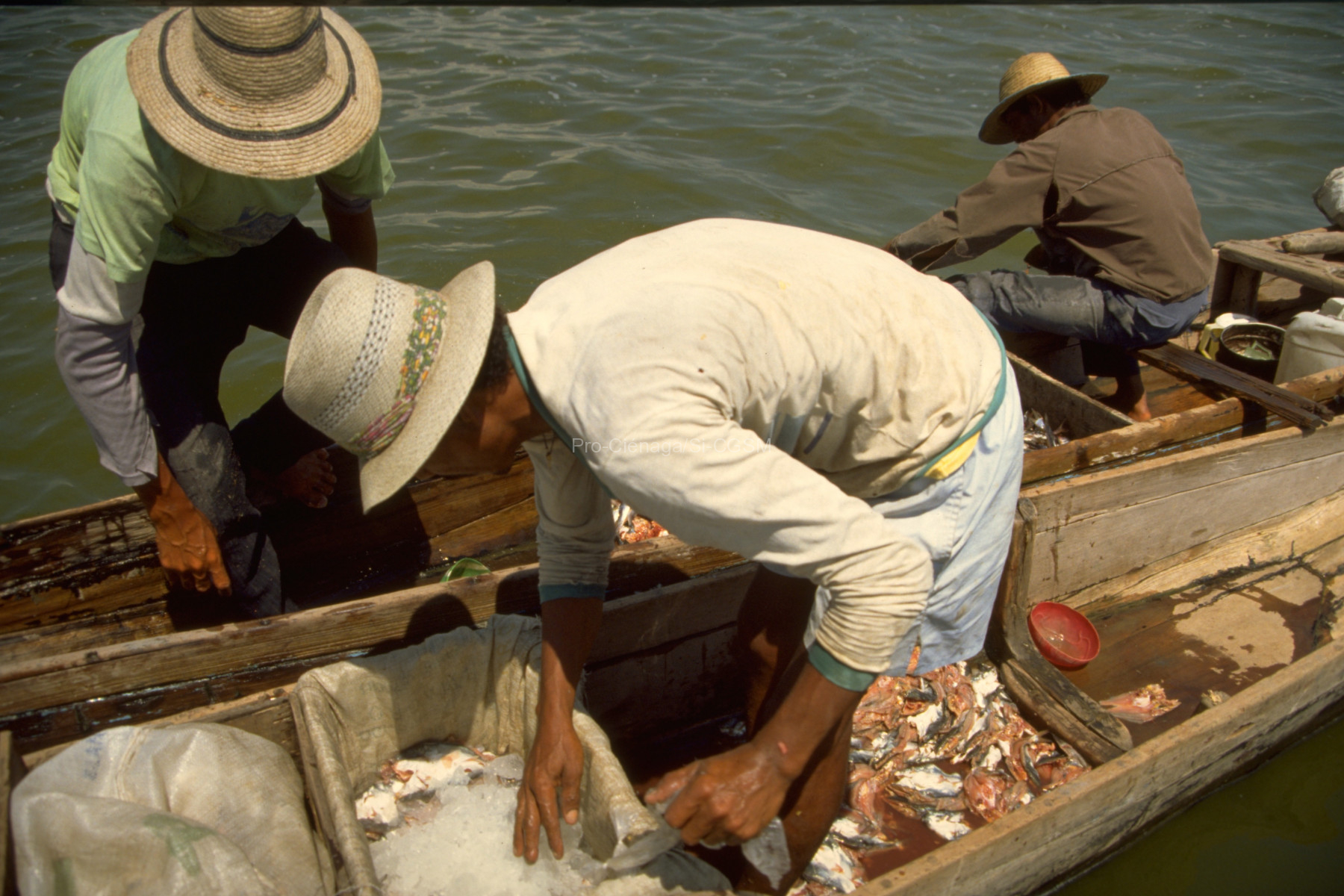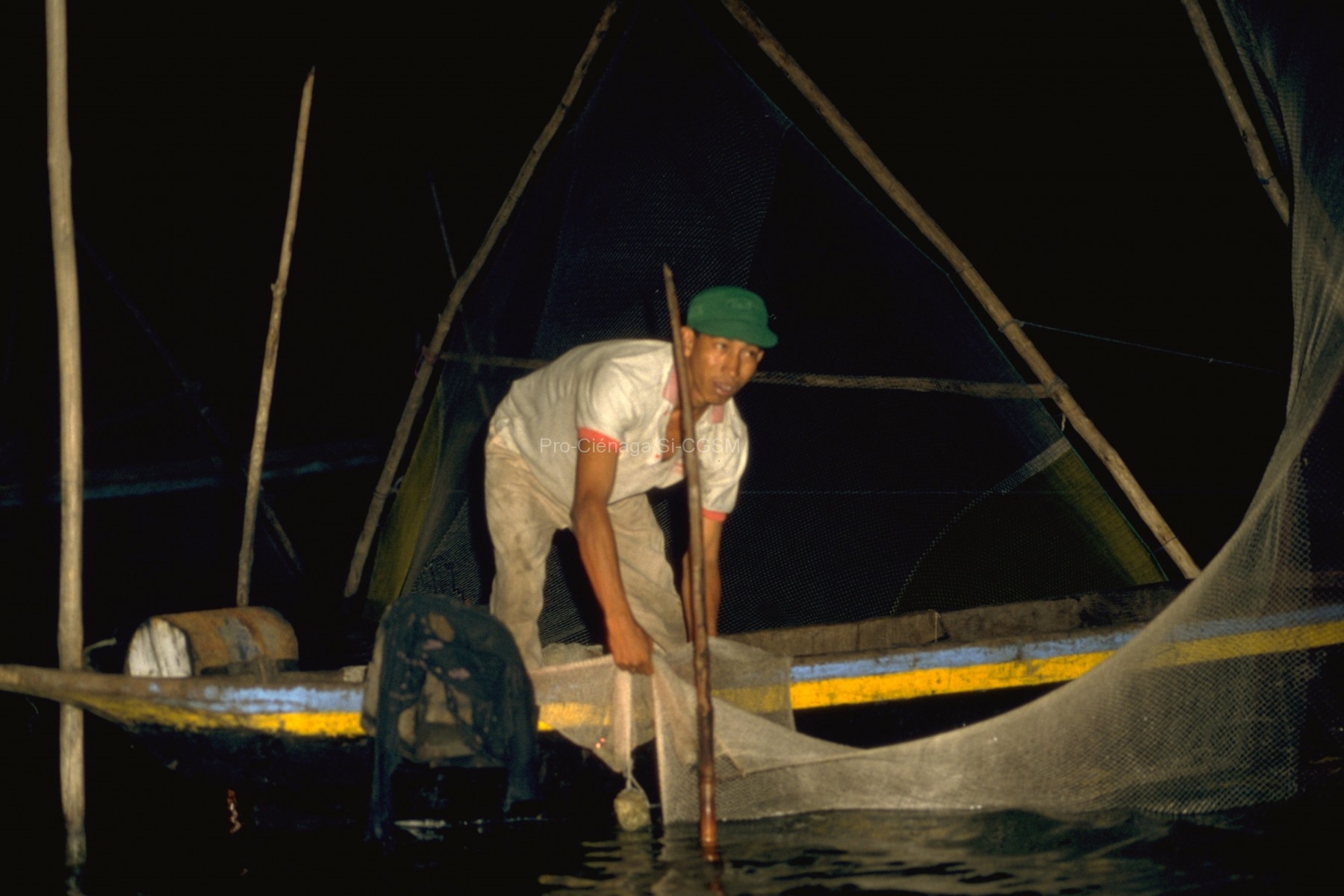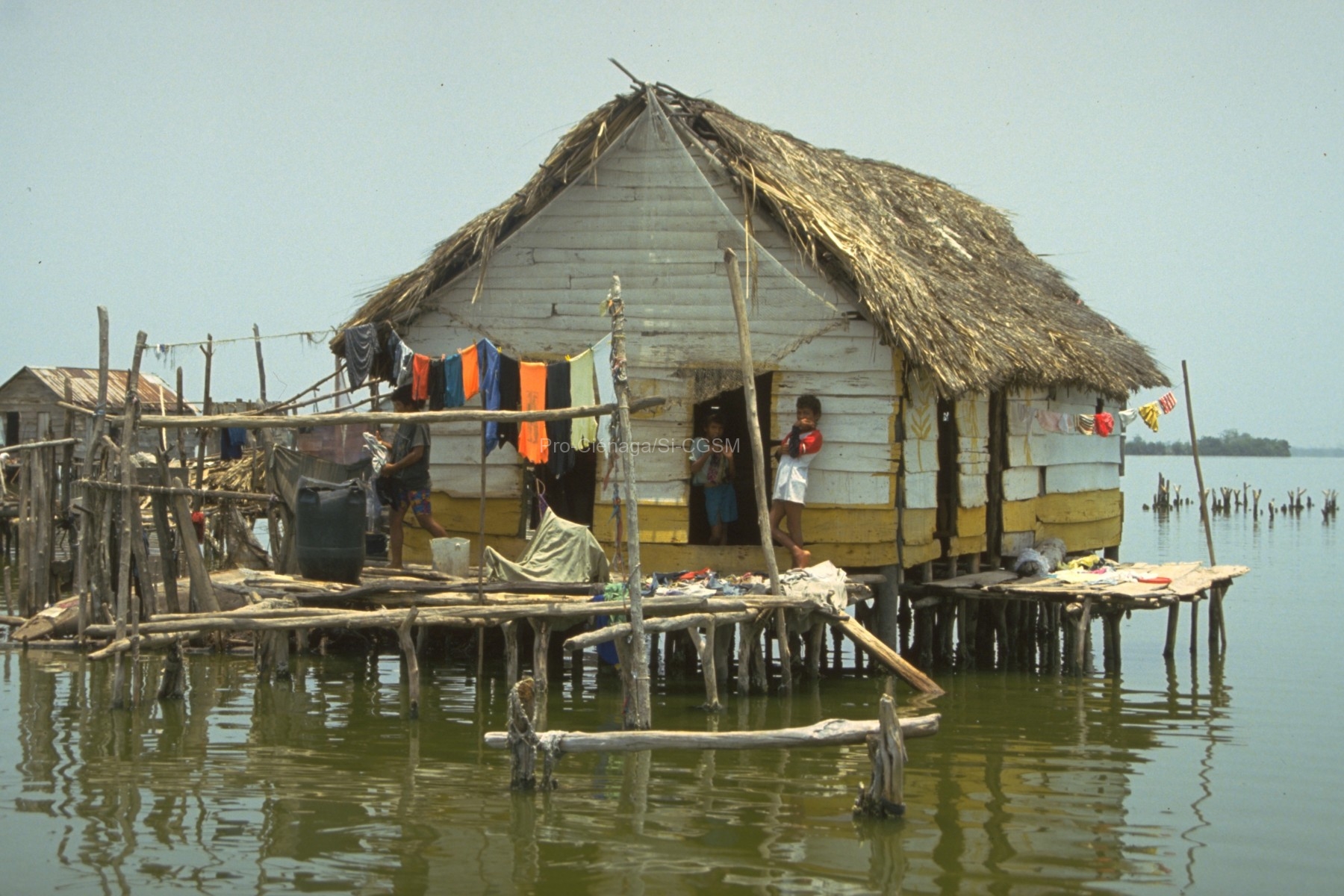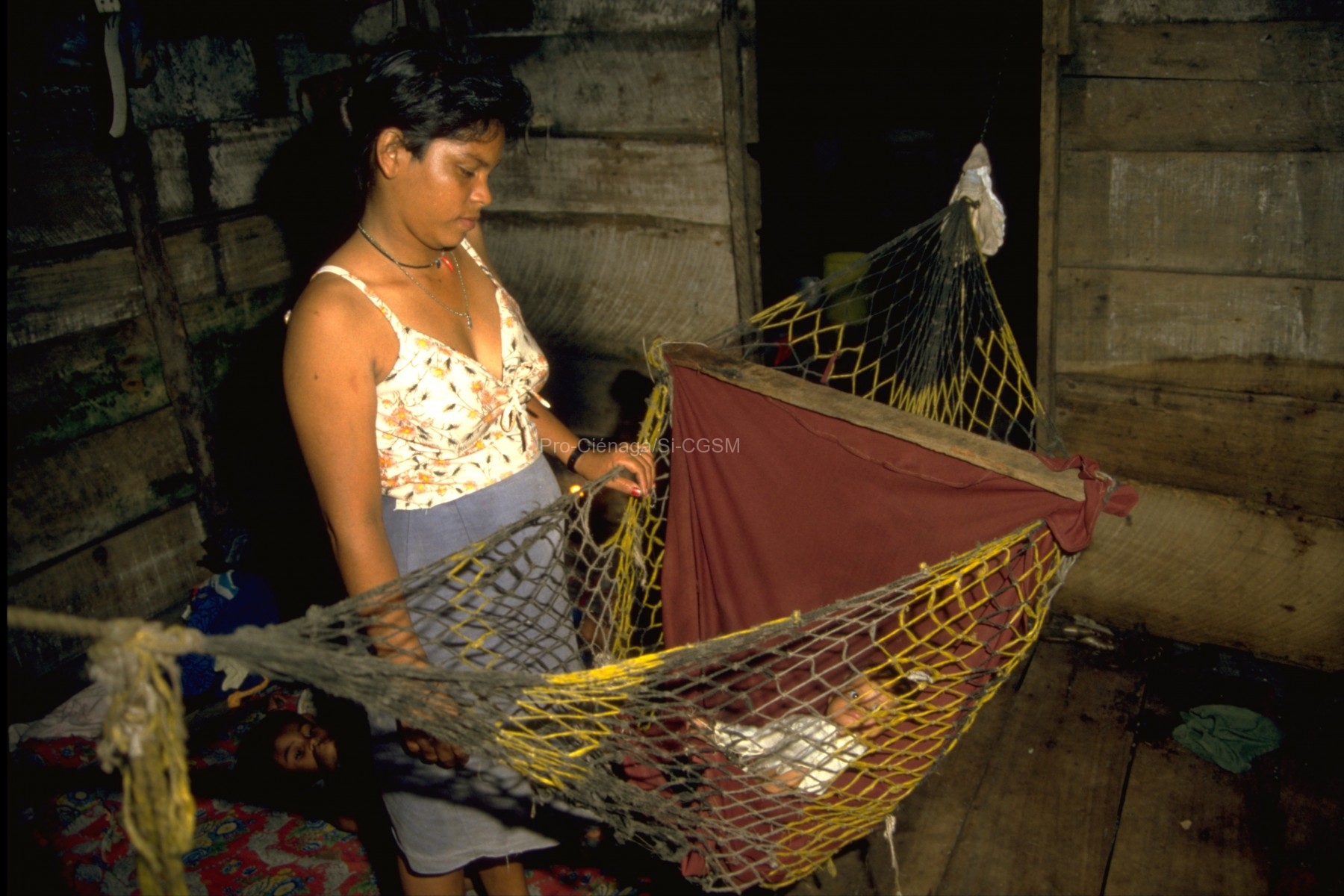https://dn790009.ca.archive.org/0/items/cybium-20-003-251-260/cybium-20-003-251-260.pdf
Four hundred and forty specimens of Oligoplites saurus, the leatherjack, and 104 of O. palometa, the Maracaibo leatherjack, were fished between May 1992 and April 1993 in the Cienaga Grande de Santa Marta (Colombia), using gill nets and cast nets. Three methods of stomach content analysis were used: weight, numerical, and frecuency of occurrence; they were combined to compare the Index of relative importance (IRI) of Pinkas et al. (1971). The IRI was calculated monthly and by size. Leatherjacks between 69 and 285 mm total length (TL) fed mainly on fishes and also on fish scales, crustaceans, insects, and other organisms, showing a high trophic plasticity. Their main item through the entire year was fishes; crustaceans, insects, and fish scales were main food items in two months. In the Maracaibo leatherjack sizes varied between 66 and 330 mm TL; juveniles fed on scales, complementing their diet with fishes, which become more important than scales with maturity. Scales and fishes were their main item during the entire year; crustaceans was a main item in two months. These species are third order consumers and their dietary overlap is intermediate.
Se recomienda usar la presente publicación y considerar obsoleto a Duque Nivia, G. (1993) y Duque Nivia, Guillermo. . . [et al.]. (1995).

